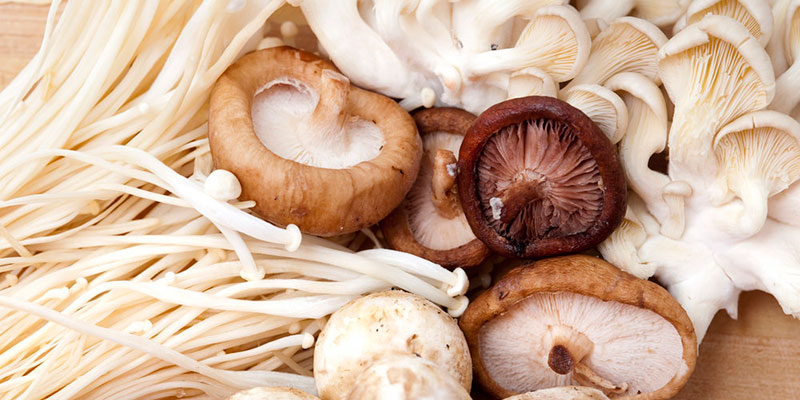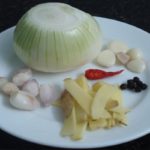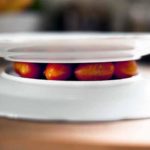Nutritional Value and Benefits of Mushrooms
Mushrooms are a rich source of vitamins (including Vitamin B and D), protein, and minerals, offering a plethora of health benefits. Regular consumption can boost your body’s immunity, fight cancer and viruses, detoxify and protect liver cells, lower blood sugar, and even protect against radiation and aging. Additionally, mushrooms are known to reduce the risk of cardiovascular diseases.

It’s no wonder that mushrooms are a favorite food for many. They are incredibly versatile and can be used to create a variety of delicious and nutritious dishes. Some of the most commonly used edible and medicinal mushrooms include straw mushrooms, shiitake mushrooms, enoki mushrooms, wood ear (white wood ear), black wood ear, oyster mushrooms, and lingzhi mushrooms.
Why You Shouldn’t Soak Mushrooms in Water for Too Long
One common mistake made when preparing mushrooms is over-washing and soaking them in water for an extended period. This can lead to a loss of essential nutrients, including Ergosterol, a precursor to Vitamin D. By soaking mushrooms, you risk depleting their nutritional value.

Additionally, mushrooms tend to absorb a significant amount of water, resulting in a bland and watery texture after cooking. To maintain the flavor and nutritional profile of mushroom dishes, it is best to avoid over-soaking. Mushrooms are typically grown in clean environments, so a quick rinse before cooking is usually sufficient.
Tips for Preparing Mushrooms
Improper handling and preparation of mushrooms can not only reduce their nutritional value but also turn them into harmful toxins. In addition to avoiding prolonged soaking, it is recommended to refrain from cooking mushrooms in aluminum pots, as this can cause them to turn an unappetizing dark color.
Use oil sparingly when cooking mushrooms, as excessive oil can hinder nutrient absorption, leading to digestive issues and even acid reflux. It is advisable to cook mushrooms at high temperatures to ensure they are thoroughly cooked, enhancing both their flavor and nutritional benefits. Remember, mushrooms have cooling properties, so avoid consuming cold drinks or foods with cooling effects, such as ice cream or chilled beverages, when eating mushrooms to prevent stomach aches.

Mushrooms are a nutritious addition to your diet, but proper preparation is key to retaining their health benefits. We hope this article has provided valuable insights into maximizing the nutritional value of mushrooms and answered any questions you may have had.
More Useful Advice for Homemakers (Part 2)
Have you heard of the surprisingly easy tips to make cooking and household chores simpler? White radish eliminates the acrid taste of salted meat, adding alum to raw shrimp helps soften it, and adding cold water when frying eggs can make them crispy – these are just a few of the tricks to make your life easier.
Ten Strategies to Streamline Your Cooking Process
Are you a busy housewife looking for ways to save time in the kitchen? Did you know that flossing can also help you out? Check out these 10 tips to help you quickly and easily prepare delicious meals for your family. Learn how to peel garlic in 10 seconds and cut cherry tomatoes quickly for a healthy and tasty meal.






































